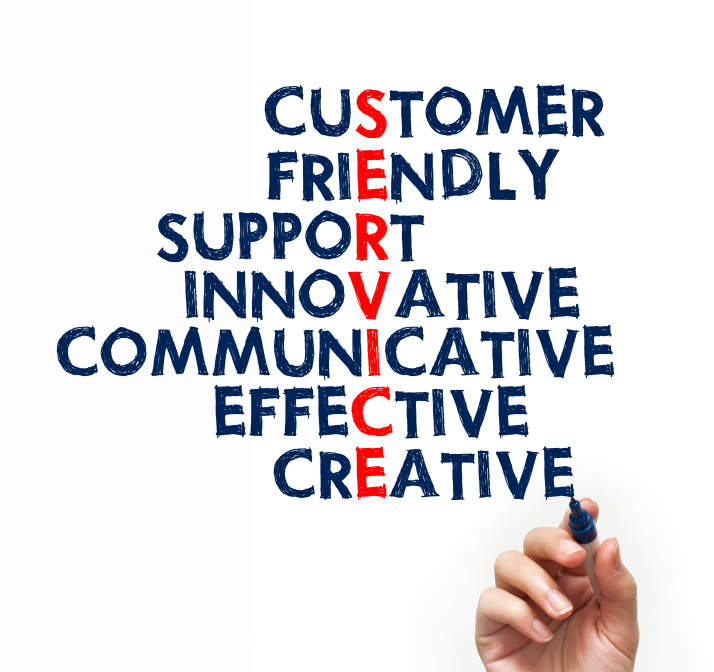Ugh. Not another survey.
Customers are tired of surveys. You might be tired of your own survey too. There’s even a term called survey fatigue.
Maybe your customers are getting tired of the survey you’re doing now. Perhaps you stopped doing a survey because response rates were too low. It might be that you’ve put off implementing a survey because you’re worried that customers can’t be bothered.
Voice of the Customer (VOC) data is important. You just don’t want to annoy your customers in the process. There’s got to be a better way.
Here are five ways you can capture VOC data without resorting to a survey.
1. External Review Sites
Are your customers already reviewing your business on an external review site such as Yelp or Trip Advisor? These sites can be a treasure trove of VOC data.
They can even offer a few advantages over traditional customer service surveys.
- Customers tend to leave more detailed feedback when writing an online review.
- You can respond directly to reviewers and give yourself a chance to fix a problem.
- High ratings equal free advertising that will bring in new customers.
2. Social Media Monitoring
If your customers are talking about you on social media, why not join the conversation? Monitoring social media for mentions of your company, product, or service is a great way to capture VOC data.
There are plenty of tools to help you do this. Brandwatch put together a great list of 10 free social media monitoring tools.
3. Google Alerts
Google alerts offers an easy way to monitor the internet for mentions of your company, brand, products, or services. You can sign up to be notified automatically when key words that you specify show up in search results.
Combining methods 1 - 3 can provide your company with a comprehensive amount of VOC data. For example, let’s say someone reviews your company on Yelp, blogs about a recent experience, and then Tweets a mention of your brand.
This is a great opportunity to interact with a customer who is talking about your brand online. You can reinforce the connection if they’re happy. Or, you can try to resolve the problem if they’re taking to the web to rant.
4. Contact Type Reports
Many companies keep a record of the reasons customers contact customer service. This can captured through your CRM system, your IVR software, or even an old-fashioned tick sheet. Understanding why customers are requesting service can help you pinpoint and diagnose problems.
In many cases, this approach can work much faster than waiting for customers to fill out a survey. For example, if you notice a spike in calls related to a specific product, you can quickly investigate the problem and diagnose a root cause.
5. Ask Customers Directly
You don’t need a survey to get between you and an individual customer. Don’t be afraid to ask customers to share their feedback directly.
This is a great source of data since you can often ask for more detailed information than you might be able to capture in a survey. And, it also gives you a chance to make things right if the customer’s feedback involves any sort of service failure.
Surveys CAN Be Useful
This post provides some alternatives to customer service surveys, but that doesn’t mean surveys can’t be extremely useful ways to gather Voice of the Customer Data.
This training video on lynda.com can provide you with step-by-step guidance. You'll need a lynda.com subscription to view the entire course, but you can get a 10-day trial.
Want Even More VOC Ideas?
Here are a few more posts you might be interested in:













